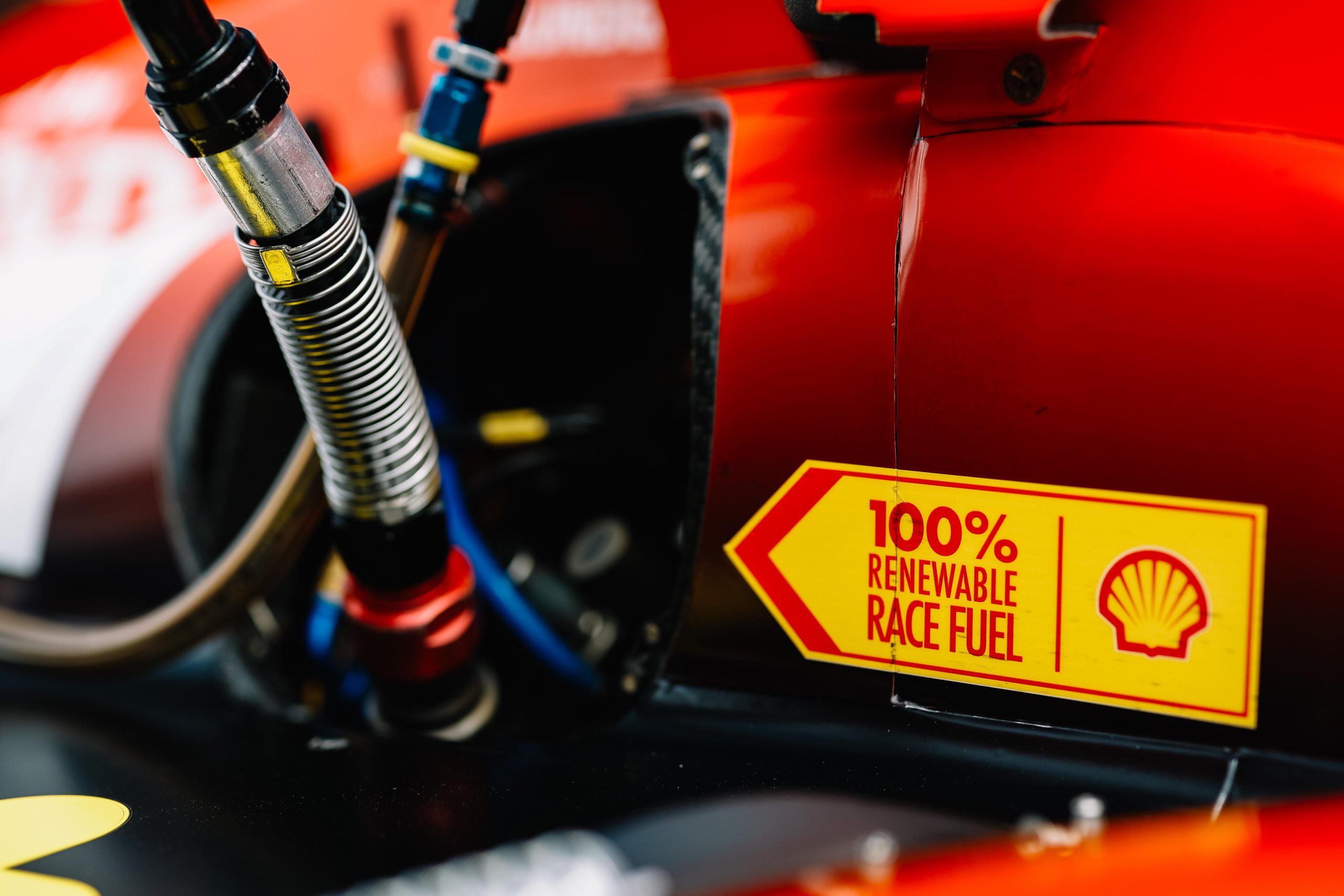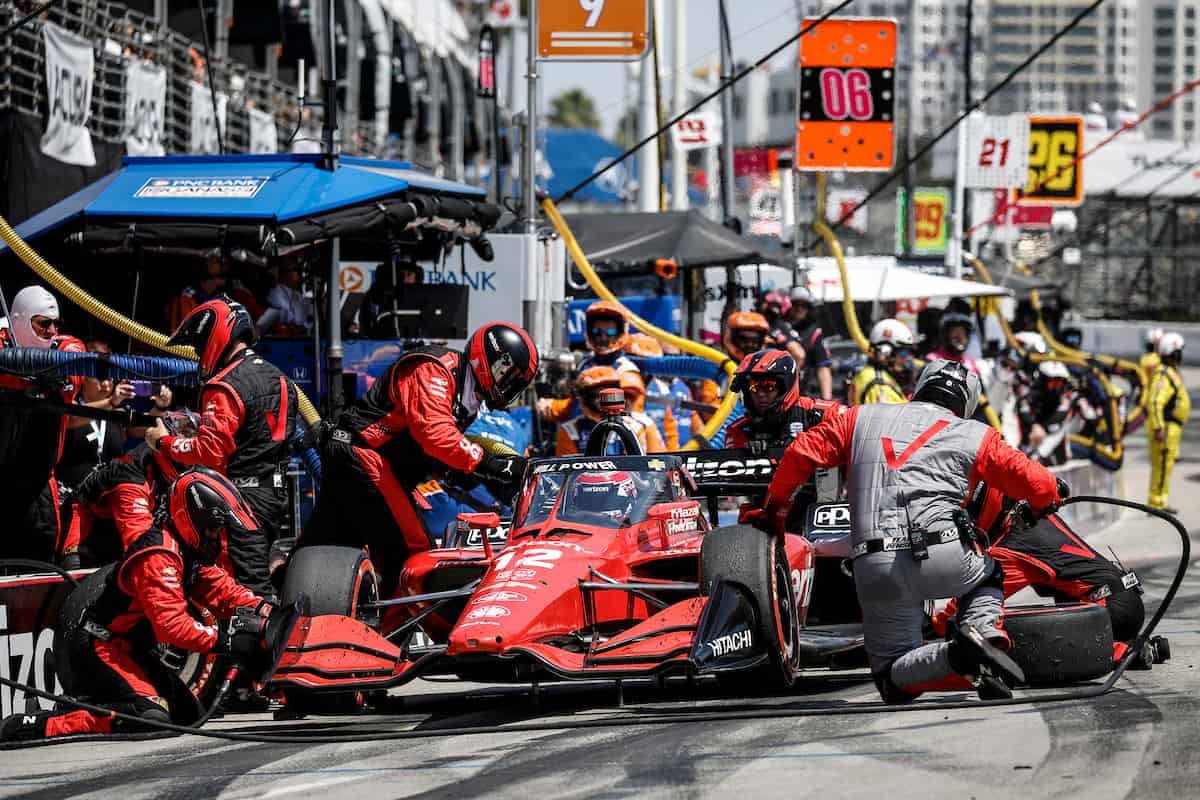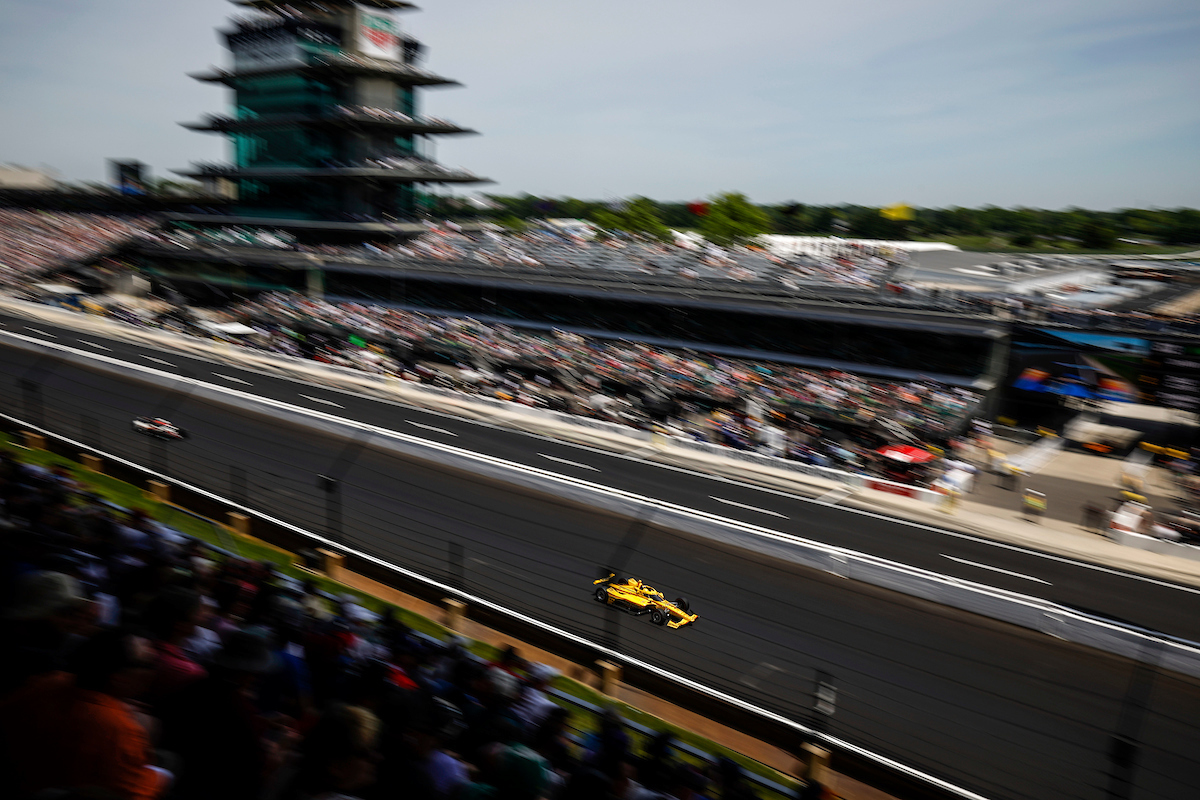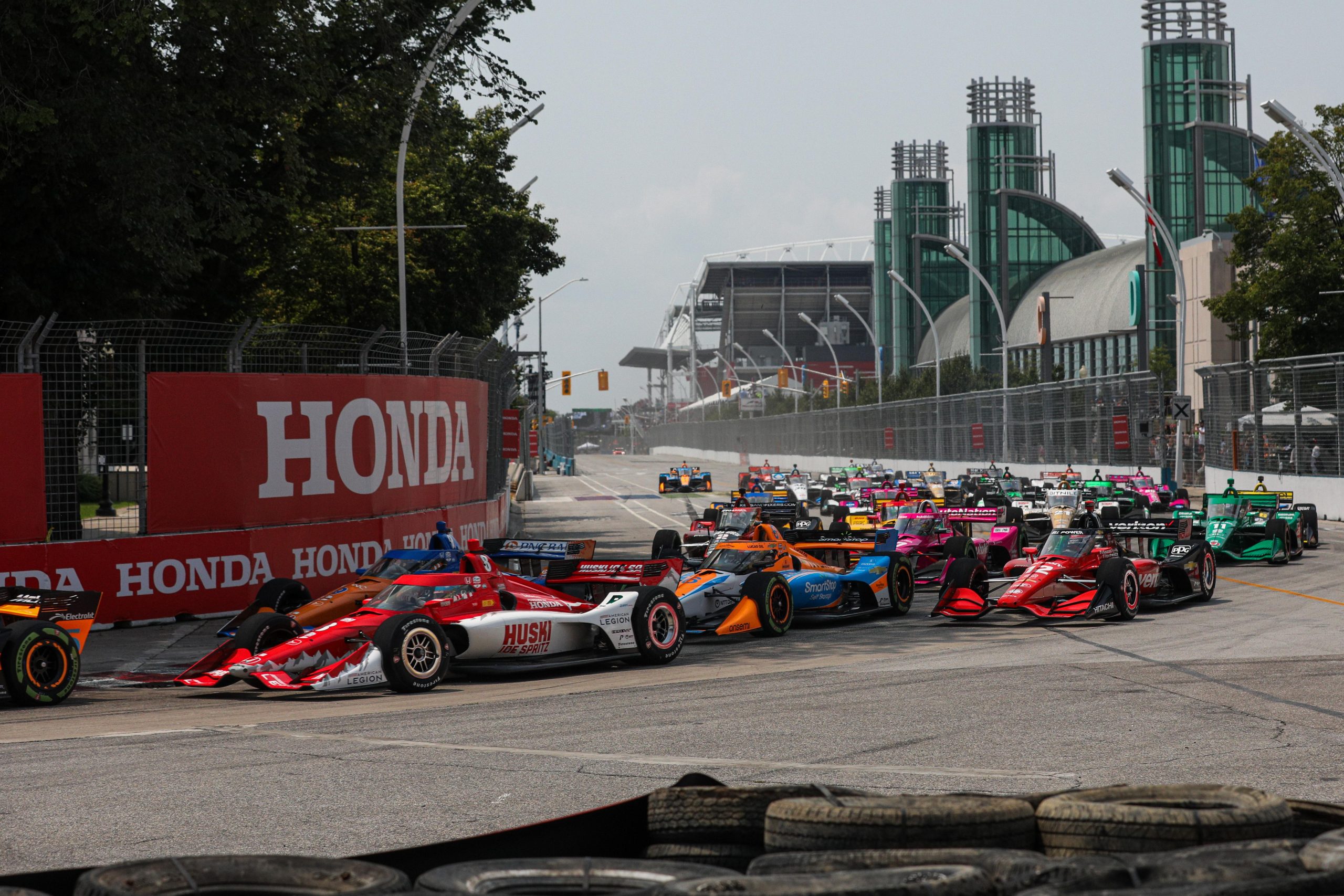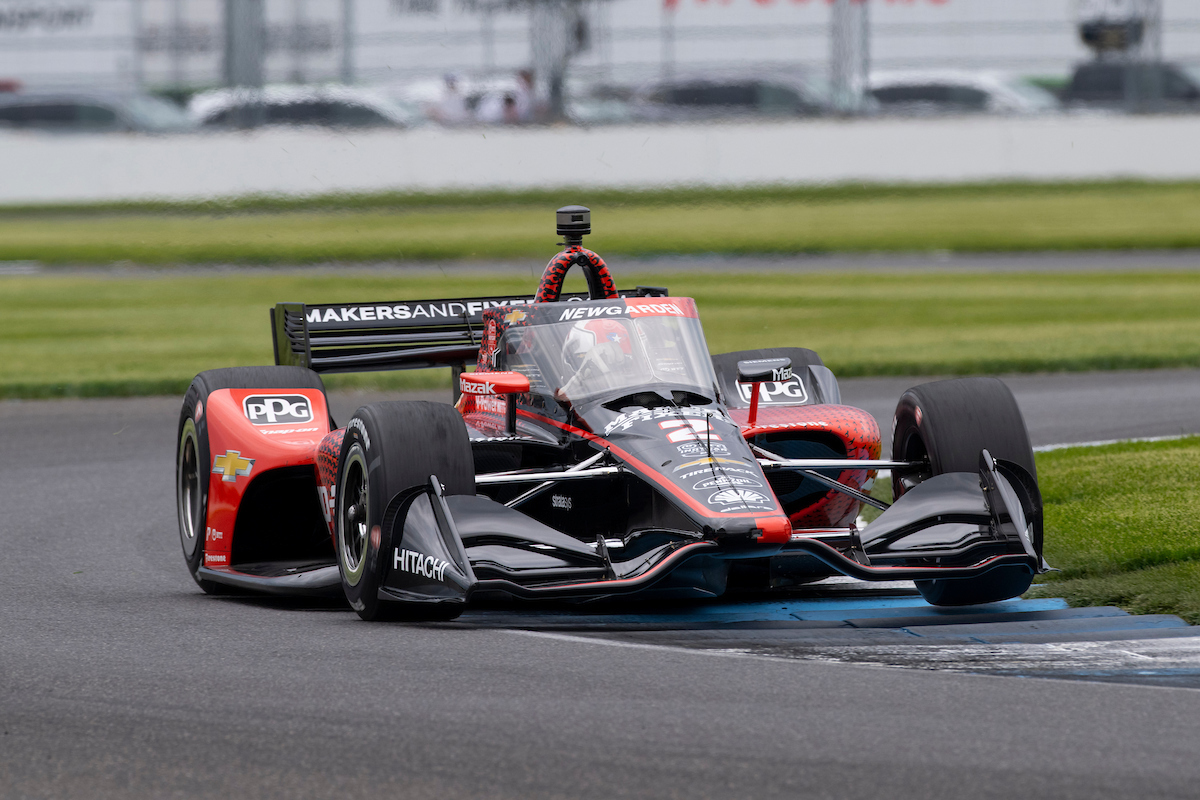Does IndyCar Have Wet Tires? Understanding Weather Adaptations in Races
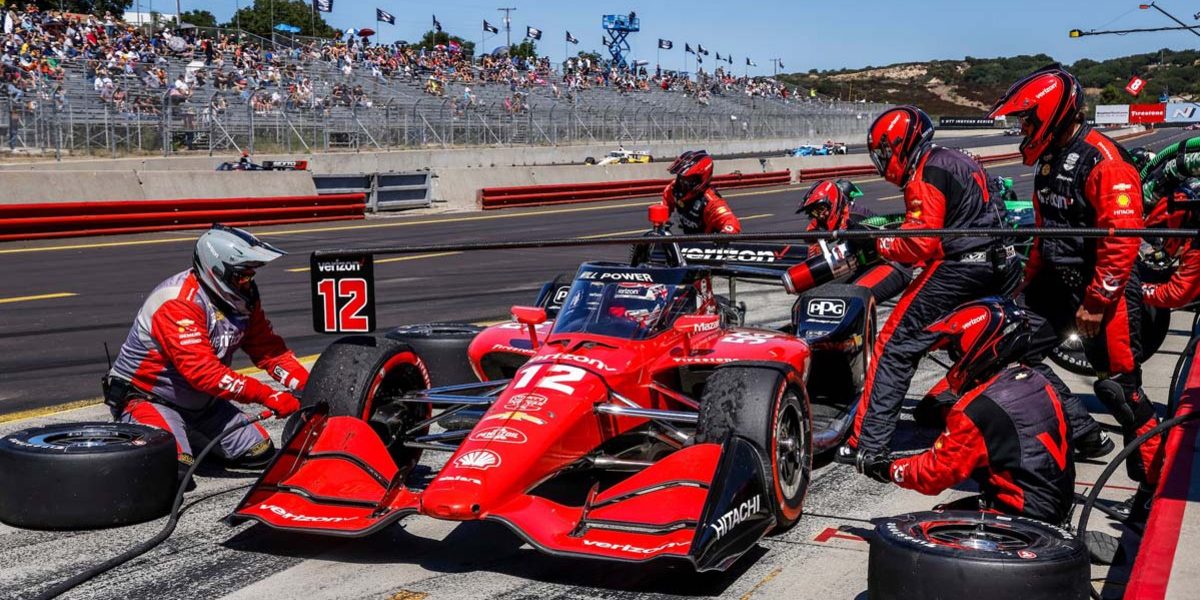

In motorsport, tire selection is critical for performance and safety, adapting to various track conditions. This is particularly true for the IndyCar series, where races are held on diverse circuits including road courses, street circuits, and ovals. With events susceptible to unpredictable weather, IndyCar teams need to be prepared for wet conditions. In response to rain, IndyCar has specific tires designed to maintain grip and ensure safety when the track surface is wet.
Understanding the types of tires used in IndyCar, it’s revealed that they utilize not just one, but multiple tire compounds tailored to different racing scenarios. The Firestone Firehawk tires are standard, with the series having three primary types: the Primary Blacks, Alternate Reds, and Rain Tires. Each serves a unique purpose, and when rain alters the race dynamics, teams switch to wet tires, commonly known as ‘rain tires.’ These tires are engineered to effectively disperse water and provide the necessary traction to race in wet conditions.
Table of Contents
Key Takeaways
- IndyCar uses specialized rain tires designed for wet track conditions.
- Teams must switch to wet tires during races when faced with rain.
- Rain tires are crucial for maintaining performance and safety in the IndyCar series.
IndyCar Rain Tire Technology
IndyCar has consistently leveraged advancements in tire technology to ensure performance and safety in wet conditions. Rain tires, with their specifically engineered grooved patterns, offer the necessary grip on slick tracks. The current standard provided by Firestone, the Firestone Firehawk rain tire, is a testament to this continuous evolution and precise engineering.
Evolution of Rain Tire Engineering
The backbone of rain tire performance in IndyCar is the engineering that goes into the development of these specialized tires. Over the years, tire suppliers like Firestone have placed a major emphasis on improving the tire compounds to enhance grip in wet conditions. The development process includes extensive research and experimentation with different rubber compounds to find the optimal balance between durability and traction on wet tracks.
Firestone Firehawk Rain Tire Specifications
The Firestone Firehawk rain tire is a product of advanced rubber technology and engineering. It boasts a unique rubber compound that is softer than the standard dry tire compound, enabling better adhesion to wet surfaces. The specifications of these tires are meticulously designed to provide drivers the confidence they need to race under rainy conditions.
Grooved Patterns and Wet Conditions Grip
The grooved patterns on IndyCar rain tires are critical for channeling water away from the contact patch between the tire and the road. This tread pattern significantly reduces the risk of aquaplaning by expelling water and maintaining a grip on the track surface. The Firestone Firehawk, for instance, features an all-new tread pattern that optimizes water evacuation and provides dependable traction even in the most challenging wet conditions.
By continuing to push the boundaries of rain tire technology, IndyCar ensures that drivers are equipped with the tools they need to tackle the unpredictable challenges of racing in the rain.
Rain Tires in IndyCar Racing
IndyCar racing adapts to varying weather conditions, employing specialized tires to maintain safety and performance on wet tracks. Decisions on tire selection and pit strategies during rainfall dramatically affect the progression and outcome of races.
Performance and Safety on Wet Tracks
Rain tires are an essential component in IndyCar racing, ensuring that drivers can continue to compete in wet conditions. Unlike the slick tires used on dry tracks, these tires feature a specially designed tread pattern capable of displacing water, critical for preventing hydroplaning and retaining traction. Maintaining grip on wet surfaces is paramount for driver safety and overall race safety.
Pit Strategy and Rain Tire Selection
Teams must exhibit strategic acumen when determining the timing for switching to or from rain tires. The pit strategy for tire selection can significantly influence a race’s outcome and typically involves numerous factors, such as current track conditions, weather forecasts, and the number of laps remaining. Quick and decisive pit stops during a caution period may provide a crucial advantage.
Wet Race Regulations and Procedures
IndyCar races, including both road and street courses, are subject to specific regulations when encountering wet conditions. While the series allows racing in the rain with appropriate racing tires, wet race regulations dictate that oval tracks will not run if conditions are too hazardous. These regulations prioritize the safety of the drivers, ensuring that only when conditions permit, will wet tires be used and races continue through rainy conditions. Safety teams are always prepared to impose a rain delay or caution to address extreme wet conditions that may compromise the integrity of an IndyCar race.
Comparative Aspects of IndyCar Wet Tires
In the realm of motorsport, wet tires are essential for racing in inclement weather. This section compares the specific aspects of IndyCar wet tires to their Formula 1 counterparts and examines the role of Firestone and Goodyear in the development and supply of wet racing tires.
IndyCar vs. Formula 1 Rain Tires
IndyCar and Formula 1 each employ distinct technologies for their rain tires. Notably, IndyCar wet tires, supplied by Firestone, have received praise for their performance, as Romain Grosjean remarked on the enjoyability of wet IndyCar races compared to those in Formula 1. IndyCar wet tires, designed to give superior grip in wet conditions, stand as a testament to Firestone’s commitment to optimizing safety and performance in challenging weather.
Conversely, Formula 1 utilizes wet weather tires that sometimes attract criticism regarding their effectiveness in heavy rain. Although different manufacturers supply the tires—Pirelli in the case of Formula 1—the focus remains on achieving the delicate balance of water displacement, grip, and durability.
Firestone and Goodyear in Motorsports
Firestone, the exclusive tire supplier for IndyCar, has a notable presence in motorsport, with their slicks and rain tires, commonly known as Firehawks, being integral to the sport’s safety on ovals and road courses. Firestone tires have evolved over time, with significant developments enhancing the wet weather racing experience.
Goodyear, another giant in tire manufacturing, is more prominently associated with NASCAR where tire requirements differ substantially due to the nature of stock car racing. Goodyear’s focus in NASCAR is on providing tires that can withstand high speeds and the rigors of oval-track racing, marked by banked turns and longer race distances. Though Goodyear is not a current supplier for IndyCar, their longstanding involvement in motorsports reflects the critical role tire manufacturers play in race safety and car performance.
The Role of Tires in IndyCar Performance
Tires in IndyCar racing are crucial components that directly influence the performance, speed, and safety of the cars on track. Their interaction with vehicle aerodynamics and varying compound types tailored for different track conditions are essential considerations for teams and drivers.
Aerodynamics and Tire Interaction
The relationship between aerodynamics and tire performance is a key factor in IndyCar racing. Aerodynamic elements of the car such as wings and bodywork are carefully designed to manage airflow and create downforce, effectively pressing the vehicle onto the track surface. This increased downforce enhances the grip levels of the tires, allowing for higher cornering speeds and more aggressive maneuvers. However, efficient aerodynamic setups must strike a balance to avoid excessive tire wear, as overheated or degraded tires can dramatically reduce speed and handling capabilities.
Primary, Alternate, and Rain Tires in Races
IndyCar utilizes two dry tire compounds: the primary and the softer alternate tires. Primary tires, identified by their black sidewalls, offer a more durable composition designed for longevity and consistent performance. Alternate tires, with red sidewalls, provide a softer, grippier compound that can lead to faster lap times but typically have a shorter optimal performance window.
During wet conditions, IndyCar races rely on specialized rain tires that possess a distinct tread pattern capable of channeling water away from the contact patch, maintaining traction when the track is slippery. The treaded design is critical for preventing aquaplaning, which can occur when a layer of water builds up between the tire and the road surface, leading to loss of control.
Choosing the right tire at the right time is a strategic decision that can determine a team’s success on race day, with drivers and engineers working closely to maximize tire performance across various conditions.
Weather Impact on IndyCar Events
Weather plays a crucial role in the scheduling and execution of IndyCar events. Given the high-speed nature of IndyCar racing, adverse weather conditions can greatly affect races, particularly on street and road courses, as well as oval races like the Indianapolis 500.
- Street and Road Courses: These courses are highly susceptible to weather changes. Inclement weather can lead to dangerous driving conditions, such as reduced visibility and slippery surfaces.
- Oval Races: The likes of the Indianapolis 500 can also be impacted; although oval tracks can sometimes handle light rain better than street circuits, safety remains paramount.
In the event of rain, IndyCar officials may declare a race “wet,” which allows for the use of wet weather tires. These tires are specifically designed to displace water and provide better grip under wet conditions.
Postponement and Cancellation: When weather conditions worsen beyond the manageable capability of wet tires, races may be postponed or canceled. Lightning, heavy rain, or standing water on the track are common reasons for such delays.
- Qualifying Sessions: Similarly impacted, they can be delayed or rescheduled to ensure driver safety.
Safety teams are always on standby, and the use of safety measures like rain lights and specific tires are a testatement to IndyCar’s commitment to safety despite weather challenges. The potential for a weather-induced postponement is always present, reflecting the unpredictable and dynamic nature of open-wheel racing.
Does IndyCar Have Wet Tires? – Frequently Asked Questions
In the competitive world of IndyCar racing, understanding the role of tires, particularly wet weather tires, is vital. These tires are specifically designed to maintain performance in wet conditions, and their use is essential for safety and strategy during races.
How are IndyCar tires designed to perform in wet conditions?
IndyCar wet weather tires, commonly known as ‘rain tires,’ have a unique tread pattern that helps displace water on the track, reducing the risk of hydroplaning. The grooves in wet weather tires are deeper and more pronounced compared to dry condition tires, allowing for better grip in rainy conditions.
What distinguishes the rain tires in IndyCar from those used in Formula 1?
Rain tires in IndyCar are distinct from those in Formula 1 based on their tread patterns and rubber compounds. While both are designed for wet conditions, the specific designs reflect the different regulations and performance characteristics prescribed by each racing series.
How does tire strategy change for an IndyCar race during rain?
During a rain-affected IndyCar race, teams must adjust their strategy, often opting for wet weather tires when conditions become damp. Pit stops become crucial, as the timing for switching between dry and wet tires can significantly affect race outcomes.
What is the cost of a set of IndyCar wet weather tires?
A set of IndyCar wet weather tires is a significant investment, with costs reflecting their complex design and the high-end materials used for optimal performance in wet race conditions. The exact price can vary, but teams allocate substantial budgets for tire expenses throughout the racing season.
Are the green-walled IndyCar tires suitable for use in wet races?
The green-walled tires are IndyCar’s alternative tire option known for providing a softer compound for added grip. However, these are not intended for wet races; instead, wet weather tires with deeper grooves are used for rain.
How often are tethered tires used in wet IndyCar events?
Tethered tires are not commonly referenced in IndyCar racing. The term may be a confusion with the concept of tethering components for safety. In wet conditions, teams frequently use specifically-designed wet weather tires to cope with the demands of a wet track.






